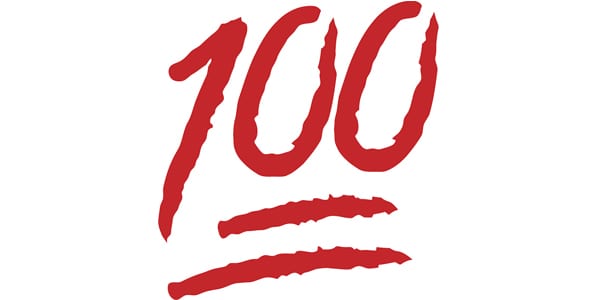 It’s important to recognize the “First 100 Days” narrative is a media construct and communicators must know how to navigate the construct, whether you are communicating on behalf of a CEO, a nonprofit or the President of the United States. Every administration tries to play down the significance because they recognize that since President Franklin Delano Roosevelt coined the phrase in a Radio Address in 1933, he created a bar that is almost impossibly high to meet.
It’s important to recognize the “First 100 Days” narrative is a media construct and communicators must know how to navigate the construct, whether you are communicating on behalf of a CEO, a nonprofit or the President of the United States. Every administration tries to play down the significance because they recognize that since President Franklin Delano Roosevelt coined the phrase in a Radio Address in 1933, he created a bar that is almost impossibly high to meet.
The first 100 days of the Trump Administration has been a sea change for communicators and presents new day-to-day risks and opportunities. As we look back on the first 100 days of the Trump Administration, there are three key learnings for all communicators that can help guide us through the next 1,360 days of the President Trump’s term.
- Every Organization Needs Their Own “Nuclear Football.”
Every President is accompanied by a military aid carrying “the nuclear football” – a briefcase filled with the command codes and contingency plans in case of a surprise nuclear attack. The point of the football is to have contingency plans and responses ready to go immediately in the event they are needed. Now, more than ever, communicators and organizations need to be prepared for contingencies and risk mitigation – this means strategizing early about what potential issues may arise, whether it’s a presidential tweet or something more substantial, and having plans in place that are pressure tested and executable.
a. Every organization should have a number of contingency plans in place for the most likely scenarios, and even a few put aside for unlikely ones. Planning ahead will enable communicators to rapidly respond to address any issue, which inspires confidence among key stakeholders, from employees, to policymakers to shareholders and beyond.
- The Showmanship of the Presidency.
Much of what the President has been focused on during his first hundred days is the political theater of the Presidency. President Trump has hosted dozens of meetings with business and labor leaders, he has held massive campaign-style rallies, and even the daily White House News Briefing has become must-see TV for millions of Americans every day. One of the difficulties organizations have to grapple with is determining what is political theater, and what is real policymaking.
a. For instance, the President received considerable news coverage of the release of his Budget during the First 100 Days, but when Congress passed an omnibus spending bill just after the 100 day mark, the bill did not include most of the President’s priorities such as funding for a border wall and cutting programs such as foreign aid to the Corporation for Public Broadcasting. In fact, Congress increased funding for some the programs the President proposed be shuttered. Communicators must work with public affairs and government relations professionals to understand what is “showmanship” and what is real policymaking that may impact their organization.
- The Importance of Digital Media.
As I shared ahead of President Trump’s Inauguration, digital media is a core communication tool for this Administration. If you haven’t already, you should engage several types of listening and monitoring with the goal of understanding the sentiment of various audiences and proactively prevent and prepare for crisis activation. Among the listening you should activate includes:
a. External communication: Understanding how key reporters, influencers and policymakers are talking about your organization in the context of the Trump Administration.
b. Internal communication: Tracking external communication only provides one piece of the puzzle. Your employees and internal stakeholders can serve as your own focus groups and predictive analysts in helping to understand your strengths, vulnerabilities and concerns.
c. Issue tracking: Now, more than ever, it is important to activate public affairs on your extended team to help you understand the nuances of the issues and policies being discussed in Washington, and how those issues may impact your organization.
Like the stock market, past performance is not indicative of future performance when it comes to politics. So what’s in store for the next 100 days? Or the next 1,360? We know this Administration will continue blazing its own trail and shirking convention wisdom. Communicators need to be prepared for the new normal. Planning now will enable communicators to be nimble and responsive in the future.


